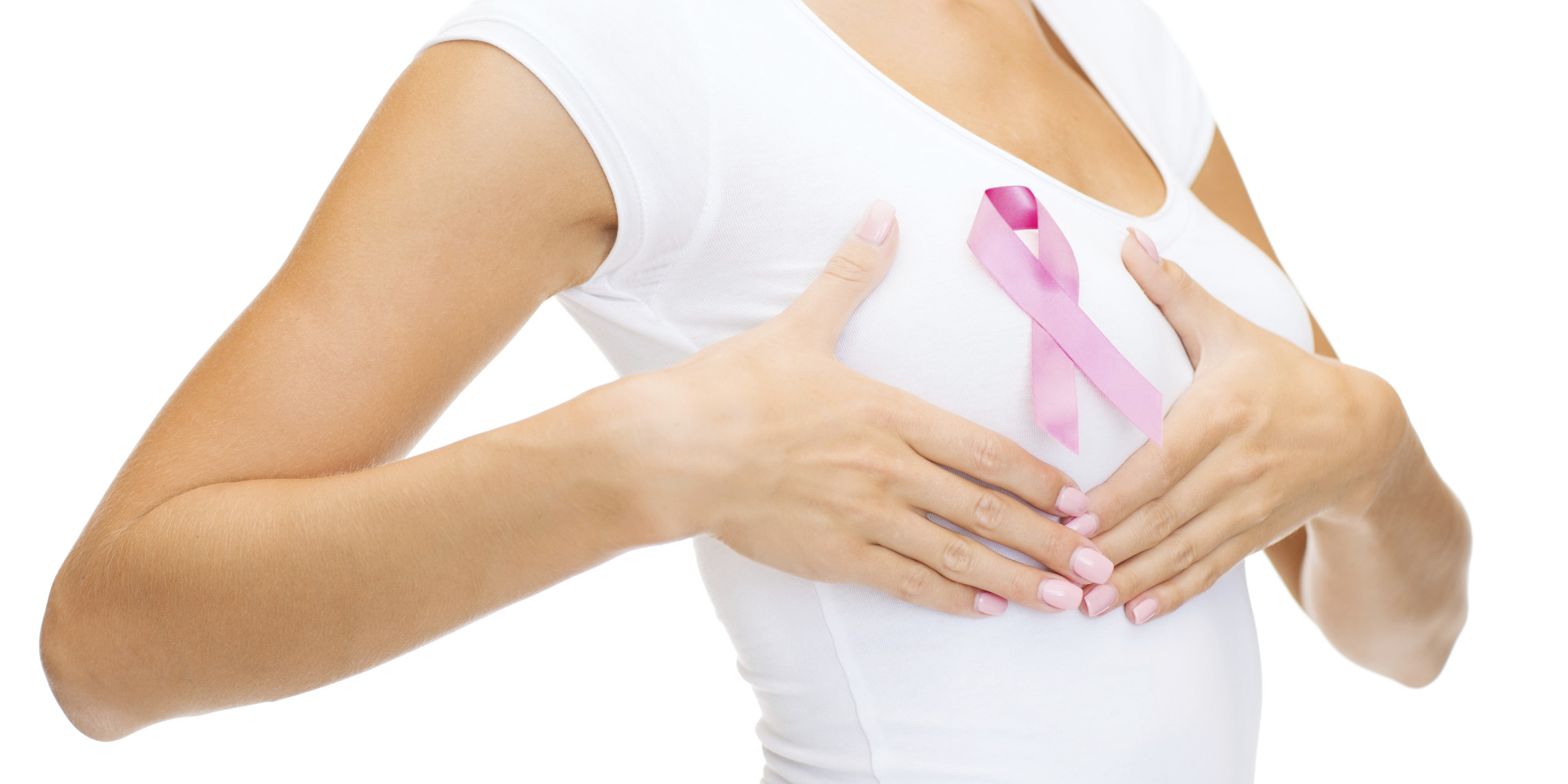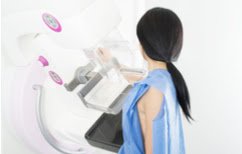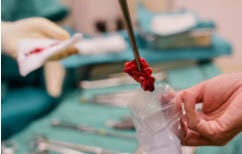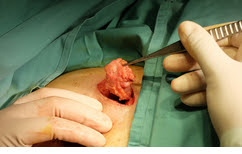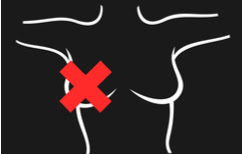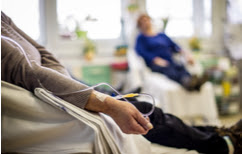What are the Common Myths Related to Breast Cancer?
 Breast diseases are extremely common in ladies in the middle east. Detection of a breast lump always raises a concern of cancer. But instead of getting scared, it is advisable to contact our expert breast surgeon in Dubai, Sharjah and Abu Dhabi. There are several myths about a breast lump that should be kept in mind.
Breast diseases are extremely common in ladies in the middle east. Detection of a breast lump always raises a concern of cancer. But instead of getting scared, it is advisable to contact our expert breast surgeon in Dubai, Sharjah and Abu Dhabi. There are several myths about a breast lump that should be kept in mind.
Myth 1: A breast lump is probably cancer. Most breast lumps – 8 out of 10 are not cancer. It is more likely to be a cyst (fluid filled sac) or a fibroadenoma (a non cancer growth). Some lumps come and go during a woman’s menstrual cycle.
Myth 2: If you have a lump and your mammogram is normal, you don’t have cancer. While a normal mammogram is reassuring, you may need more tests, such as an MRI, ultrasound or a follow-up mammogram to take another look at the lump. You may also need a biopsy. Our experts in breast cancer will guide you exactly on which is the best test for you.
Myth 3: Breast cancer lumps are always painless. While this is true most of the time, painful breast lumps also need to be investigated.
Myth 4: If you find a lump while breastfeeding, it can’t be cancer. Again, while this is true most of the cases, if you notice a lump while you are breastfeeding don’t ignore it.
Myth 5: If you are young, a breast lump can’t be cancer. Not so. At any age, you should get breast lumps checked out by a doctor. Most women who get breast cancer treatment in dubai, sharjah and Abu dhabi are past menopause and usually older than 50.
What is Fibroadenoma?
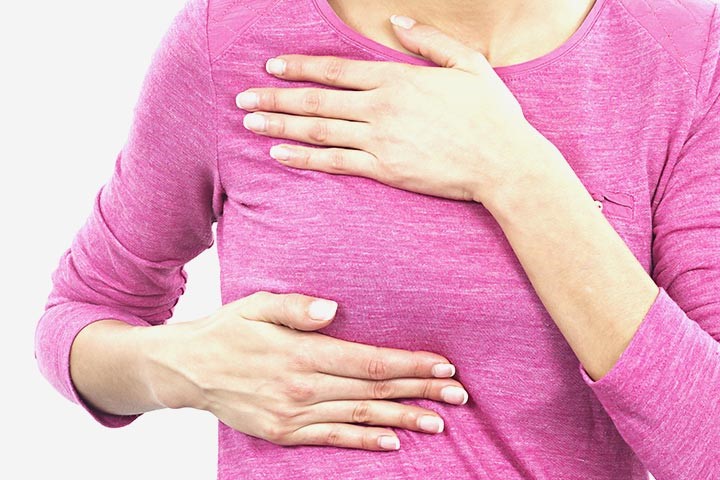
A fibroadenoma is a non-cancerous lump in the breast that is commonly found in women under the age of 30. Upto 10% of young women can have a fibroadenoma. Fibroadenomas are usually small, painless and move under the skin. They are also known as “breast mouse.” They can increase in size during pregnancy due to effect of the hormones.
A Fibroadenoma need to be removed if:
- It impacts the natural shape of the breast
- It causes pain
- You are concerned about developing cancer
- You have a family history of cancer
- You received questionable biopsy results
“Removal of a Fibroadenoma is a simple surgery. You are discharged on the same day”
What is Fibrocystic Breast Disease?
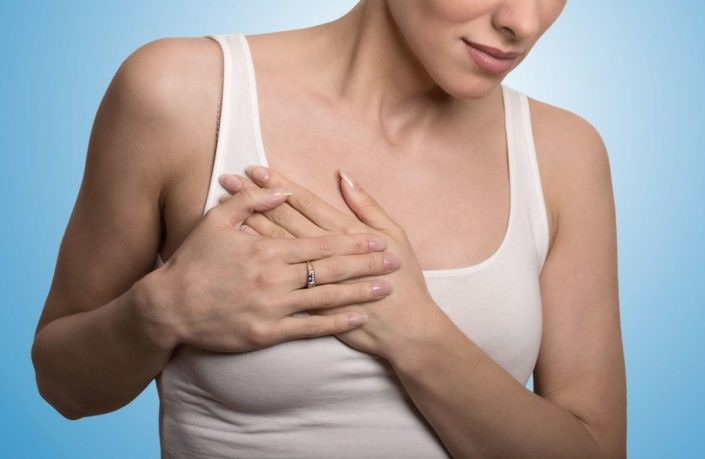 This is a non-cancerous condition in which a woman has painful lumps in her breasts. Fibrocystic breast is very a common disease but it isn’t dangerous. It can be bothersome because it causes pain and discomfort. It is related to hormonal changes. Symptoms are most common just before or during your period. You can feel multiple lumpy thickenings in the breast that can be tender to touch. Fibrocystic breast disease does not increase the risk of getting cancer. But it makes it more difficult for you or your doctor to identify potentially cancerous lumps during breast exams. Some suspicious lumps may need a biopsy. A fibrocystic disease does not require surgical treatment. Birth control pills can reduce the pain and swelling.
This is a non-cancerous condition in which a woman has painful lumps in her breasts. Fibrocystic breast is very a common disease but it isn’t dangerous. It can be bothersome because it causes pain and discomfort. It is related to hormonal changes. Symptoms are most common just before or during your period. You can feel multiple lumpy thickenings in the breast that can be tender to touch. Fibrocystic breast disease does not increase the risk of getting cancer. But it makes it more difficult for you or your doctor to identify potentially cancerous lumps during breast exams. Some suspicious lumps may need a biopsy. A fibrocystic disease does not require surgical treatment. Birth control pills can reduce the pain and swelling.
When You Should Call Breast Specialist Dubai, Sharjah and Abu Dhabi
Call our experts in breast cancer if you experience any of the following symptoms because they may be signs of breast cancer:
- New or different lumps in your breasts
- Redness or puckering of the skin on your breasts
- Discharge from your nipple, especially if it’s clear, red, or bloody
- An indentation or flattening of your nipple
Breast Cancer Treatment in Dubai, Sharjah and Abu Dhabi
Breast cancer is a malignant tumor that develops in the cells of the breast. According to our expert’s Breast Specialist in Dubai, Breast Cancer is the most common cancer affecting females worldwide.
“As per our Breast Cancer Specialists in Dubai, Sharjah and Abu Dhabi there are excellent treatment options for Breast Cancer but the key is early detection and proper treatment by an expert.”
Breast cancer usually develops in ladies above the age of 50 years. But a suspicious breast lump should not be ignored at any age and must be evaluated properly.
Genetics: Five to 10 percent of all women who have breast cancer have the gene mutations BRCA1 and BRCA2. If you have these mutations, your lifetime risk for developing breast cancer is between 40 to 85 percent.
“Breast cancer has an overall 5-year survival rate of 85 to 90%. Early breast cancer (stage 1) has a 5-year survival rate of 98.5%”
What are the Symptoms of Breast Cancer?
Some symptoms that might indicate breast cancer are:
- Lump In the Breast
- Changes in the skin of the Breast: Irritation, redness, thickening of the skin and dimpling of the tissue
- Changes In the Nipple: Sudden inversion of the nipples, pain, or any abnormal discharge
- Underarm Lump: Feeling of any lumps or abnormal areas in the armpits. These are usually due to lymph glands that can get enlarged in breast cancer.
What is the Diagnosis of Breast Cancer?
All breast lumps need further tests to make sure whether it is cancerous or not. These tests include special X-rays of the breast called Mammography, Ultrasound scan, and Biopsy. Genetic tests may also be required. All these tests are available with our expert breast cancer specialists in Dubai, Sharjah and Abu Dhabi.
What are the Stages of Breast Cancer?
After breast cancer is diagnosed, doctors do tests to find out whether cancer has spread to other parts of the body.
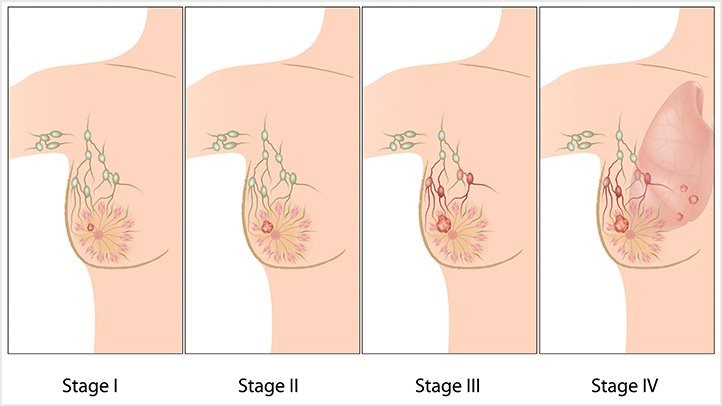 Stage 0 and 1: The cancer has not spread beyond the breast.
Stage 0 and 1: The cancer has not spread beyond the breast.
Stage 2: Cancer may have spread to the surrounding lymph nodes.
Stage 3: Cancer may have spread to the lymph nodes, and possibly the chest wall.
Stage 4: Cancer has spread to other parts of the body (like liver, bones)
What is the Treatment?
“As with any other cancer, breast cancer is also treated by a team of experts in cancer care. This includes the expert breast surgeon, oncologist, radiation experts and plastic reconstructive surgeon.”
Treatment for breast cancer is always a combination of surgery to remove the tumour, followed by chemotherapy to kill any remaining tumor cells. Chemotherapy reduces the risk of cancer coming back. Sometimes radiotherapy is also done after surgery.
WHAT HAS CHANGED IN THE MANAGEMENT OF BREAST CANCER?
THE HOLISTIC APPROACH
From the time of presentation to the clinic, the examination and radiology tests are with an aim to detect the cancer in early stages. Once we do the biopsy, we do a risk assessment based on the molecules or receptors in individual patients. It is become elementary to discuss the case and all its radiology and laboratory findings in a “MULTIDISCINPLINARY MEETING”. This meeting consists of oncologist, surgeon, radiologist and histopathologist. The whole idea is to plan the treatment.
The various issues which are kept in mind:
- Whether the patient can have a breast conservative surgery or needs a complete removal of breast
- The need to sample the lymph nodes in the axilla, should it be limited (SENTINEL LYMPH NODE” OR COMPLETE Clearance.
- The possibility of doing a reconstruction in the same setting or later.
- The need to give Chemotherapy before the surgery (also known as NEO-ADJUVANT TREATMENT) to reduce the size of the tumour and improve the survival in some groups of patients.
- Possibility of genetic inheritance of the cancer and the patient may merit other procedures later.
WHAT IS SENTINEL LYMPH NODE SAMPLING?
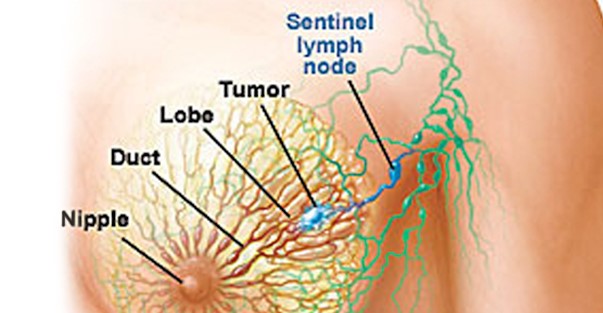
Cancer in the breast as it becomes bigger or enlarges spreads to the glands of the armpit. The first lymph node, which is involved in the process, is called the sentinel lymph node. The surgeons try to recognize and remove this lymph node; to make an assessment of whether cancer has extended to the lymph glands or not. The patients who have negative cancer in the sentinel lymph node do not need further surgery on the axilla (armpit). This helps to prevent a lot of discomfort to the patients.
How is the sentinel lymph node mapping done?
This requires the help of nuclear medicine or a magnetic marker called Magseed. This marker is given in the skin below the areola and after a delay of 1 hour or so; the dye is traced in the axilla. The place, which has the highest activity, is marked. The nuclear medicine can do a complete mapping of the lymphatic system also. Then the surgeon performs a localized dissection in the marked area and removes the involved lymph nodes and sends them for testing in the lab (called frozen section). Most of the times if the result of the lab is negative, no further surgery is required. But if the node is positive, then in some case surgeon may proceed to do a complete dissection.
AESTHETICS
Lot of emphasis has been placed on the psychological aspect of breast in women. It is a part of the complete treatment. There are various options. There is oncoplastic surgery, which is a branch of plastic surgery dealing with patients requiring breast surgery. Then there is reconstruction, which can be done at the same time either with the use of expanders or prosthesis; or with the use of autologous tissue that is flaps. These decisions again are taken with the whole team of surgeon, plastic surgeon, patient and the oncologist to come to a conclusive agreement of what is best suited in that given situation.
GENETICS:
The prevalence of Breast Cancer in the genes is increasing. There is a mutation in the genes that can lead to cancer in the families. The presence of this mutation can now be identified even before the manifestation of the cancer. Patient with a positive genetic mutation are at very high risk. They have a different protocol of management. They may need bilateral prophylactic mastectomy with reconstruction. Their follow up has to be more vigilant. They may sometimes need a procedure to remove the ovaries and uterus also. They have to be counselled extensively about the marriage and family planning.
IMMUNOLOGY AND TREATMENT
The cells of the breast gland have receptors for the hormones. These receptors are called ER (oestrogen receptor), PR (progesterone receptor) and Her (Herceptin receptor) and a few more. The medicines have been developed which can target the growth of the cells based on the presence of these receptors. The whole adjuvant treatment has undergone a revolution based on this concept. The biopsy or the tissue gets an immunohistochemistry staining and study to know the presence or absence of these. It helps in “RISK STRATIFICATION”. The need for chemotherapy is reduced in some patients. Where as the high risk patients who are negative for all the three receptors are treated aggressively to prevent a recurrence or a metastasis.
In case looking for more information on breast cancer check the videos below


